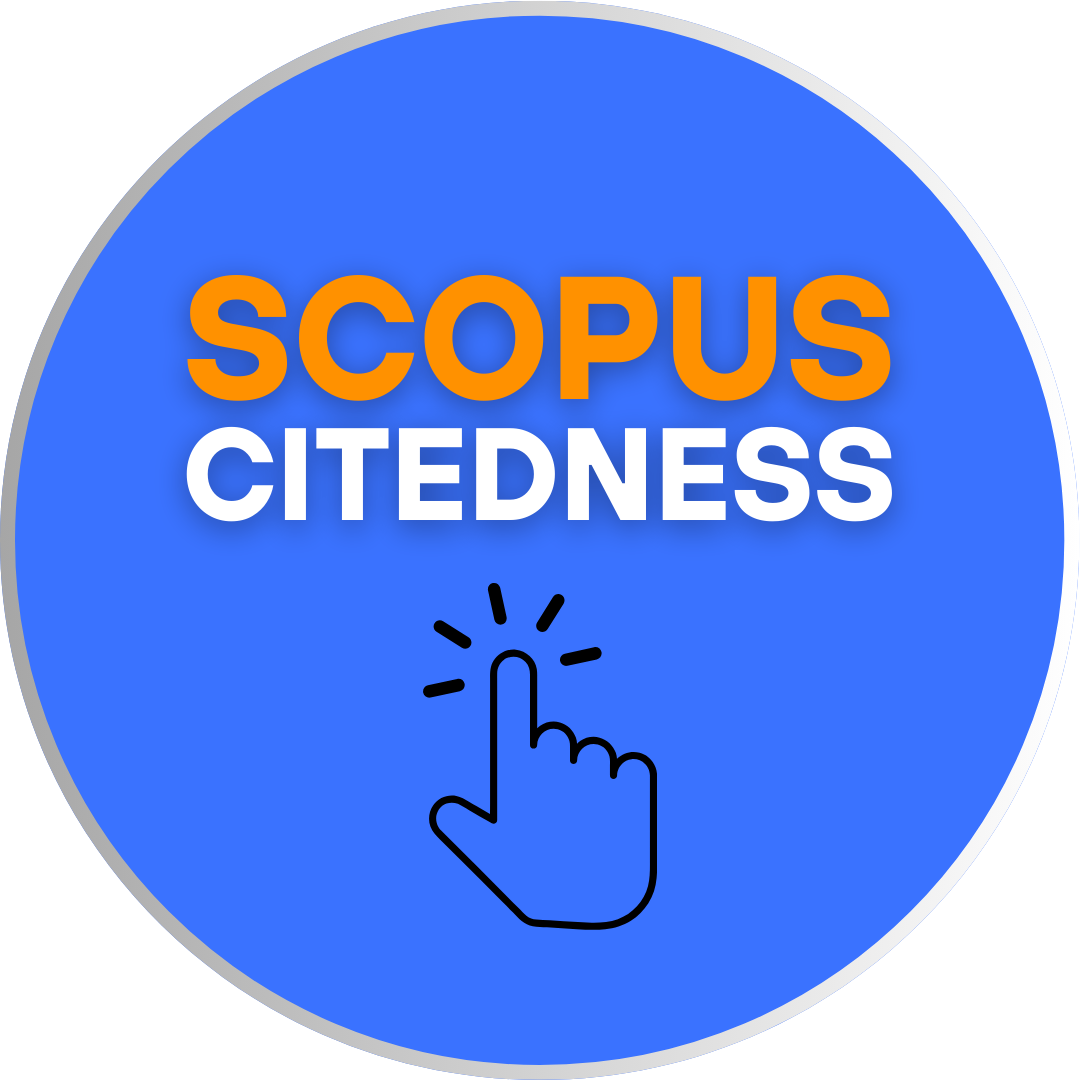THE ROLE OF SELF-CONFIDENCE AND L2 IDENTITY CONSTRUCTION ON THE INDONESIAN STUDENTS’ SOCIAL INTERACTION IN NATURAL ENGLISH ENVIRONMENT
DOI:
https://doi.org/10.18592/let.v3i2.1392Keywords:
Self confidence, L2 Identity Instruction, and Students’ social interactionAbstract
Language learning involves a dynamic process of self confidence construction. A research by Jianwei Xu (2011) on the lived-experience of two Chinese advanced users of English in Australia shed a light on this. It also confirmed the nature of language as a complex social process that is closely bound to power relations and learner’s previously established L2 identity. However, it failed to notice how the self confidence and L2 identity play a role on maintaining smooth social interaction in natural English environment. In addition, the local and cultural boundary covered in the study was just coming from Chinese students, whom their mother tongues has quite different lexical form and structure from English. Indonesia, on the other side, has rather close lexical form and structure to English. Therefore, the research on the Indonesian learners’ self-confidence in using English might show different result. This paper, then, is attempted to bring the discussion further and deeper to Indonesian users of English and how they undergo social interaction with their self-confidence and L2 identity in the English-speaking country. The researcher will interview three students from English department of State University of Malang who had experienced studying abroad to know how they construct their identity and confidence during their interaction with native-speakers and how does this contribute to the development of their English use.References
Brenndorfer, Mark. (2009). Some Differences Between Chinese and English: How English and Chinese Pronunciation, Writing, and Grammar Differ. (Online), (http://mark-brenndorfer.suite101.com/chinese-and-english-languages-a154673, accessed on April 26, 2012).
Boroditsky, Lera., Ham, Wendy., & Ramscal Michael. (2002). What is Universal in Event Perception? Comparing English and Indonesian Speakers. (Online), (psych.stanford.edu/~michael/papers/2002_ramscar_universal.pdf, accessed on April 26, 2012).
Dulay, Heidi., Burt, Marina., Krashen, Stephen. (1982). Language Two. New York: Oxford University Press.
Pierce, Norton B. Social Identity, Investment, and Language Learning. TESOL Quarterly. 29 (1): 9-31.
Schmitt, Bernd D., Pan, Yigang., & Tavasolli, Nader T. (1994). Language and Consumer Memory: The Impact of Linguistic Differences between Chinese and English. Journal of Consumer Research. 21 (3) : 419-431.
Yang, Yi.( 2001). Chinese Interference in English Writing: Cultural and Linguistic Differences. (Online), (http://www.eric.ed.gov/ERICWebPortal/search/ detailmini.jsp?_nfpb=true&_&ERICExtSearch_SearchValue_0=ED461992&ERICExtSearch_SearchType_0=no&accno=ED461992, accessed on April 26, 2012).
Xu, Jianwei. Second Language Learners and Their Self-Confidence in Using English: a Social Constructive Perspective. ASIAN EFL Journal Quarterly. 13 (3): 246-271.
Downloads
Published
How to Cite
Issue
Section
License
Authors who publish with this journal agree to the following terms:
- Authors retain copyright and grant the journal right of first publication with the work simultaneously licensed under a Creative Commons Attribution License that allows others to share the work with an acknowledgement of the work's authorship and initial publication in this journal.
- Authors are able to enter into separate, additional contractual arrangements for the non-exclusive distribution of the journal's published version of the work (e.g., post it to an institutional repository or publish it in a book), with an acknowledgement of its initial publication in this journal.
- Authors are permitted and encouraged to post their work online (e.g., in institutional repositories or on their website) prior to and during the submission process, as it can lead to productive exchanges, as well as earlier and greater citation of published work.
LET (LINGUISTICS, LITERATURE, AND LANGUAGE TEACHING) http://jurnal.uin-antasari.ac.id/index.php/let/index licensed under a Creative Commons Attribution 4.0 International License.
















